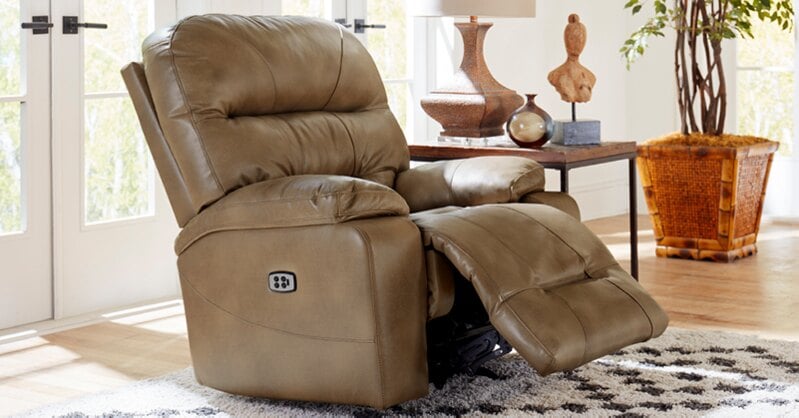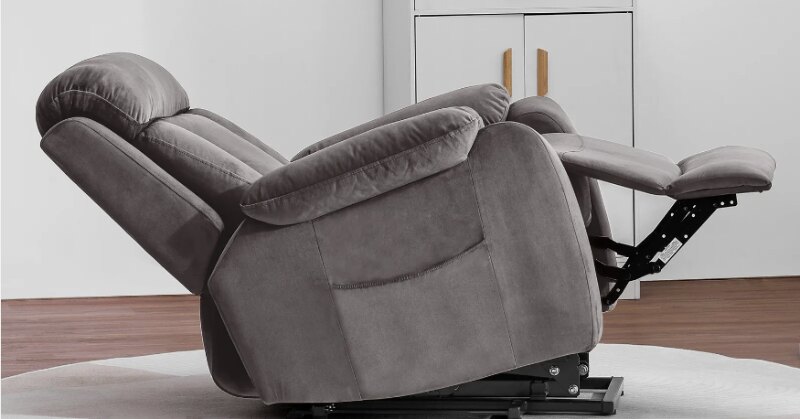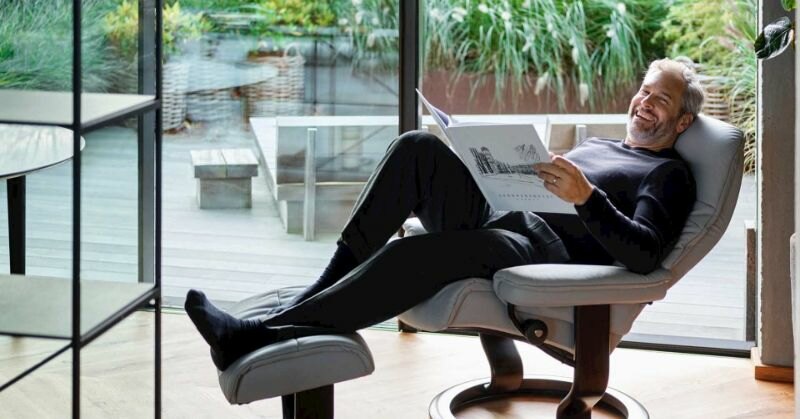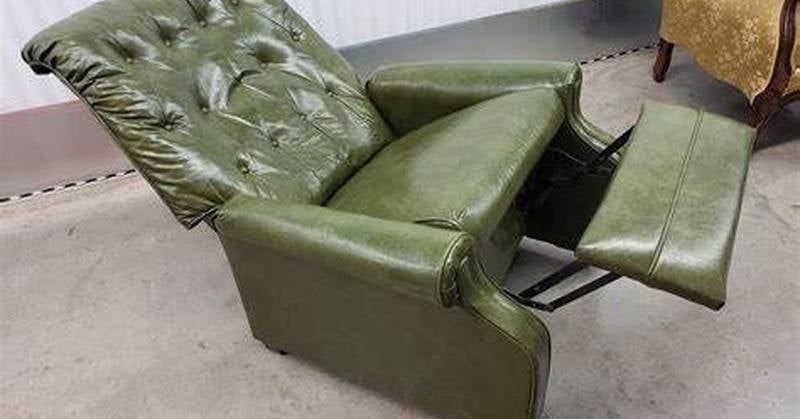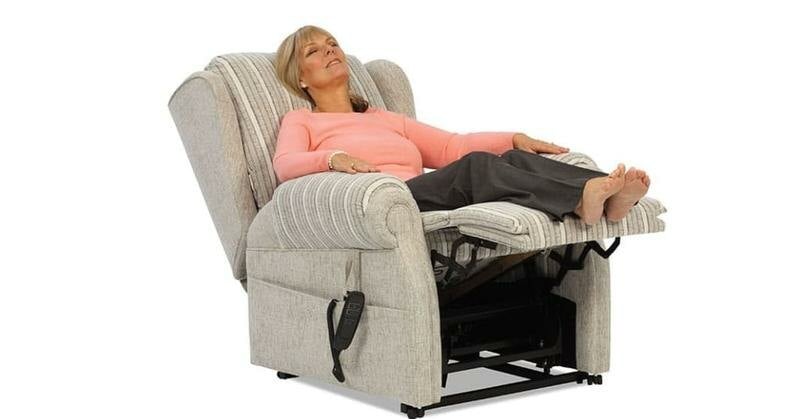Recliners, with their blend of comfort, support, and advanced features, can be a crucial addition to a senior's living space. This guide will help you understand what factors to prioritize, ensuring the recliner not only provides comfort but also promotes well-being and safety.

1. Recliner Functionality: What Features Matter Most?
When choosing a recliner for seniors, certain features are more important than others. Here are the essential functions to consider:
| Functionality | Why It Matters for Seniors |
|---|---|
| Electric Recline | An electric recliner allows easy, motorized adjustments, making it easier for seniors to find a comfortable position without exerting themselves. Many models come with remote controls for added convenience. |
| Lift Assistance | Lift-assist recliners help elderly users move from a seated to a standing position by gently tilting the chair forward. This is particularly helpful for those with mobility issues or joint pain. |
| Adjustable Head and Footrests | Seniors often need customized support for their neck and legs, making adjustable headrests and footrests critical for maintaining good posture and relieving pressure on joints. |
| Massage and Heat | Some recliners offer built-in massage and heat functions, which can help relieve sore muscles and improve circulation, providing much-needed comfort for those with chronic pain. |
2. Prioritizing Safety: Essential Recliner Features for Seniors
Safety is paramount when choosing a recliner for elderly individuals. Some recliners come equipped with features designed specifically to reduce the risk of falls and injuries. Here’s what to look for:
-
Stable Base and Anti-Tip Design: Recliners should have a stable base to prevent tipping. Look for models that have been tested for stability, particularly if the recliner has a lift-assist function, as the tilting motion could potentially cause imbalance.
-
Non-Slip Surfaces: Consider recliners with non-slip fabric or padding, especially on armrests and seat cushions. This provides better grip for seniors when they are adjusting their seating position or getting up.
-
Easy-to-Use Controls: For electric models, the control system should be simple and intuitive. A remote with large buttons or one with voice command functionality is ideal for seniors with limited dexterity or vision impairments.
-
Wall-Hugger Design: Wall-hugger recliners can be positioned close to the wall and still fully recline. This design saves space, particularly in smaller living areas, and prevents potential accidents when walking around the chair.
3. Choosing the Right Size and Fit: Customized Comfort
One of the most overlooked aspects of buying a recliner is ensuring it fits the user’s body size. A recliner that’s too big or too small can lead to discomfort and even exacerbate health problems. Here’s what to consider:
| Factor | Importance for Seniors |
|---|---|
| Seat Depth and Width | The seat should be deep enough to support the thighs but not so deep that the feet cannot touch the ground. A seat that is too wide or narrow can lead to discomfort over time. |
| Backrest Height | A recliner with a taller backrest is ideal for supporting the neck and head, particularly if the senior spends extended time in the chair. |
| Weight Capacity | Ensure the recliner can support the user’s weight comfortably. Most recliners have weight limits, and choosing the appropriate model ensures both comfort and safety. |
4. Material Considerations: Durability and Ease of Maintenance
The material of the recliner is an essential factor, especially for seniors who may have specific needs when it comes to comfort, cleaning, and durability. Here are the main materials to consider:
-
Leather or Faux Leather: Leather recliners are stylish and durable but may not be ideal for seniors living in colder climates, as leather can feel cold to the touch. Faux leather is a cheaper alternative that offers similar durability but may be easier to clean.
-
Fabric: Soft, breathable fabrics like cotton or linen offer more warmth and comfort but may require more frequent cleaning. Some fabrics come with stain-resistant or water-repellent treatments, which are great for elderly users prone to spills.
-
Microfiber: Microfiber is a great all-around option. It’s soft, easy to clean, and available in a range of colors and patterns. Microfiber recliners are generally more affordable while still offering durability and comfort.
5. Budgeting and Value: Getting the Best Features for Your Money
Purchasing a recliner can be a significant investment, but it’s important to balance cost with functionality. High-end recliners with multiple features such as massage, heating, and electric adjustment can range from £600 to £1500. Here are some tips for getting the best value:
-
Assess Needs vs. Wants: While premium models come with a variety of features, it’s essential to assess which features are necessary. For example, a senior with chronic pain may benefit from massage and heating, whereas someone with mobility issues might prioritize lift assistance.
-
Look for Sales and Discounts: Many UK retailers offer seasonal discounts, particularly during Black Friday or Boxing Day sales. Signing up for newsletters from furniture stores can help you stay informed about upcoming deals.
-
Warranty and After-Sales Support: Always check for a solid warranty and reliable after-sales support. Recliners, particularly those with electrical components, should come with a warranty covering at least two to three years.
6. Conclusion: Finding the Right Balance of Comfort and Safety
Choosing the perfect recliner for seniors requires balancing comfort, functionality, and safety. With features like electric reclining, lift-assist mechanisms, and massage options, modern recliners are more than just chairs—they are tools that can improve the quality of life for elderly individuals. By focusing on the right features and ensuring the recliner fits the user’s body and needs, you can make a purchase that offers years of comfort and support.
